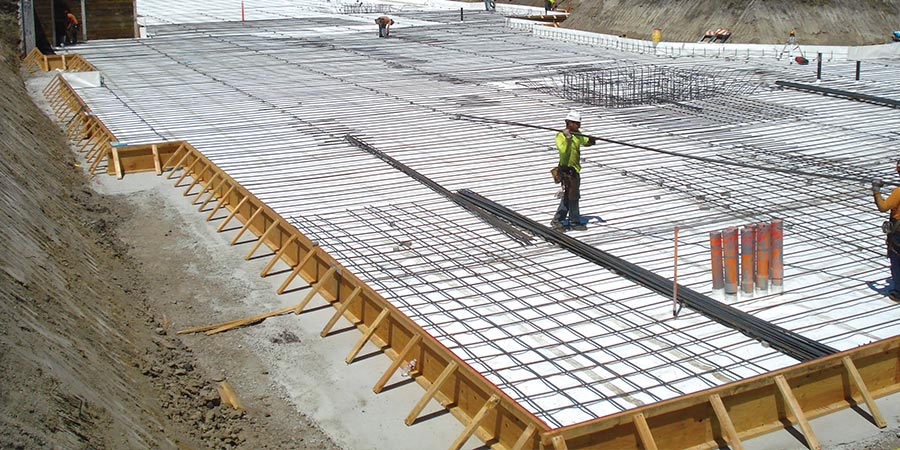
Waterproofing protects your structure and the means within it against dangerous humidity, moisture, and cataracts.
Threat of water doorway
Water used in concrete is much further than is needed to hydrate the cement. This redundant water takes up space in the concrete, forming a network of capillary voids. This provides channels for water to access the concrete when subordinated to hydrostatic pressure or capillary action. The threat of water doorway is indeed advanced when the foundation is being erected at or near the water table or in areas where there’s heavier soil that’s prone to carry further humidity.
Creating leakproof concrete
Leakproof cocktails are used to produce leakproof concrete.
When to use leakproof concrete
Leakproof concrete ( also called integral concrete) is generally stylish for water retaining structures and lower critical basements that are lower than 10 measures deep, where soil conditions aren’t. This includes untreated, introductory mileage spaces similar as auto premises and shops where some seepage and damp patches are tolerable.
Advantages and disadvantages of leakproof concrete
Low material costs and ease of operation are two advantages of leakproof concrete. To produce leakproof concrete, the ready blend patron incorporates a special amalgamation into the concrete. The general contractor does n’t have to worry about allowing time for waterproofing the concrete independently.
Still, redundant care is demanded in the workmanship of concrete placement and finishing as well as the selection of raw accoutrements when you calculate on the concrete being waterproofed. Poor casting and vibration, inadequate curing of the concrete, and lower quality summations can affect in honeycombing, loss cracks, or structure cracks that will allow water to access the structure.
In addition, adding water to the blend while the concrete is in conveyance can compromise the permeability of the concrete. A good concrete blend and proper quality control are important for easing these problems, but challenging to meet given design budget and schedule pressures.
Repairing leakproof concrete
All concrete cracks. Loss, temperature- related stresses, and affiliated issues all beget cracking. Indeed the smallest crack is a path for water.Leakproof concrete cocktails help to reduce cracks, but they do no’t exclude them.
When leakproof concrete fails, injection grouting is generally used to address it.Still, it can be delicate to insulate the source of the leak in these situations since the water can resettle within the concrete arbor or concrete walls.
This isn’t only precious to fix but it can lead to serious problems like earth since there’s no way to remove the water once it’s in the concrete. This is another reason why leakproof concrete is best left for low-threat, untreated spaces because having to open up walls for injection grouting would be worrisome and precious. In deep basements, in particular, it’s delicate if not insolvable to gain access to detect and repair leaks.
When waterproofing concrete is no’t enough
For finished spaces that bear a dry terrain or mileage apartments/ storehouse spaces or deep basements that have limited forbearance for water vapor, pre-applied waterproofing membranes are preferable to waterproofing concrete, because they can repel hydrostatic forces that would else push water into the structure. With pre-applied waterproofing, the waterproofing hedge is placed previous to the concrete arbor and walls being poured.
Another major advantage of pre-applied membranes like the PREPRUFE Plus membrane is the protection it provides from dangerous feasts in the soil. This helps to reduce implicit health pitfalls for erecting occupants. This is a major advantage when erecting in areas where the soil has high quantities of methane or radon, or where there’s soil impurity.

Leave a comment